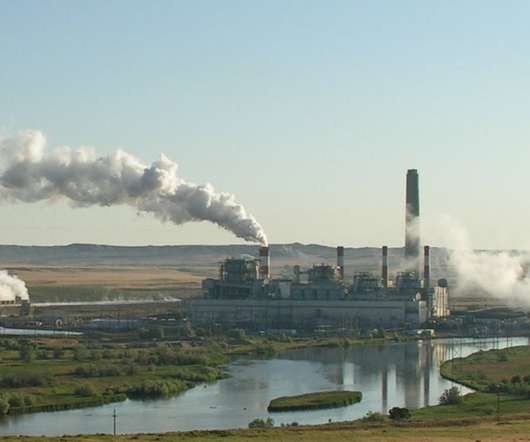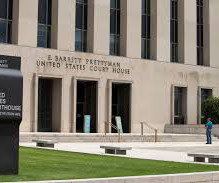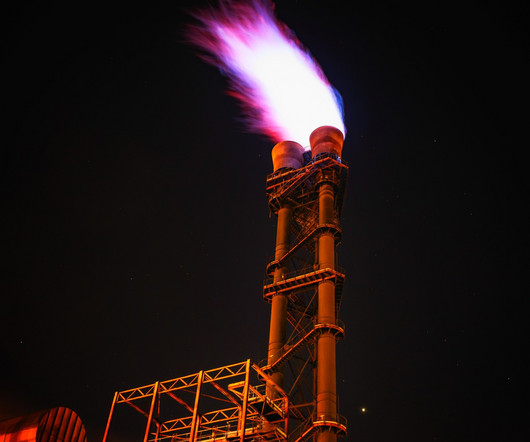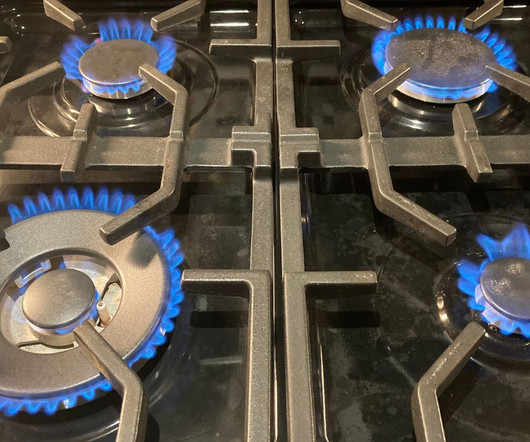Killing King Coal is the First Step Towards Halving Our Emissions
Edouard Stenger
NOVEMBER 30, 2018
Burning coal in these two regions account for a little under two gigatonnes of carbon dioxide emissions per year, with 1.29 A 2010 US study showed that stopping burning coal could be done by 2030 with renewables and energy efficiency. billion tonnes and 700 millions tonnes for the US and the EU, respectively.













Let's personalize your content